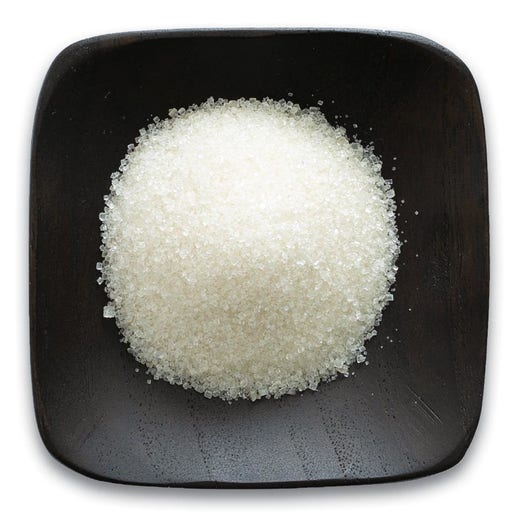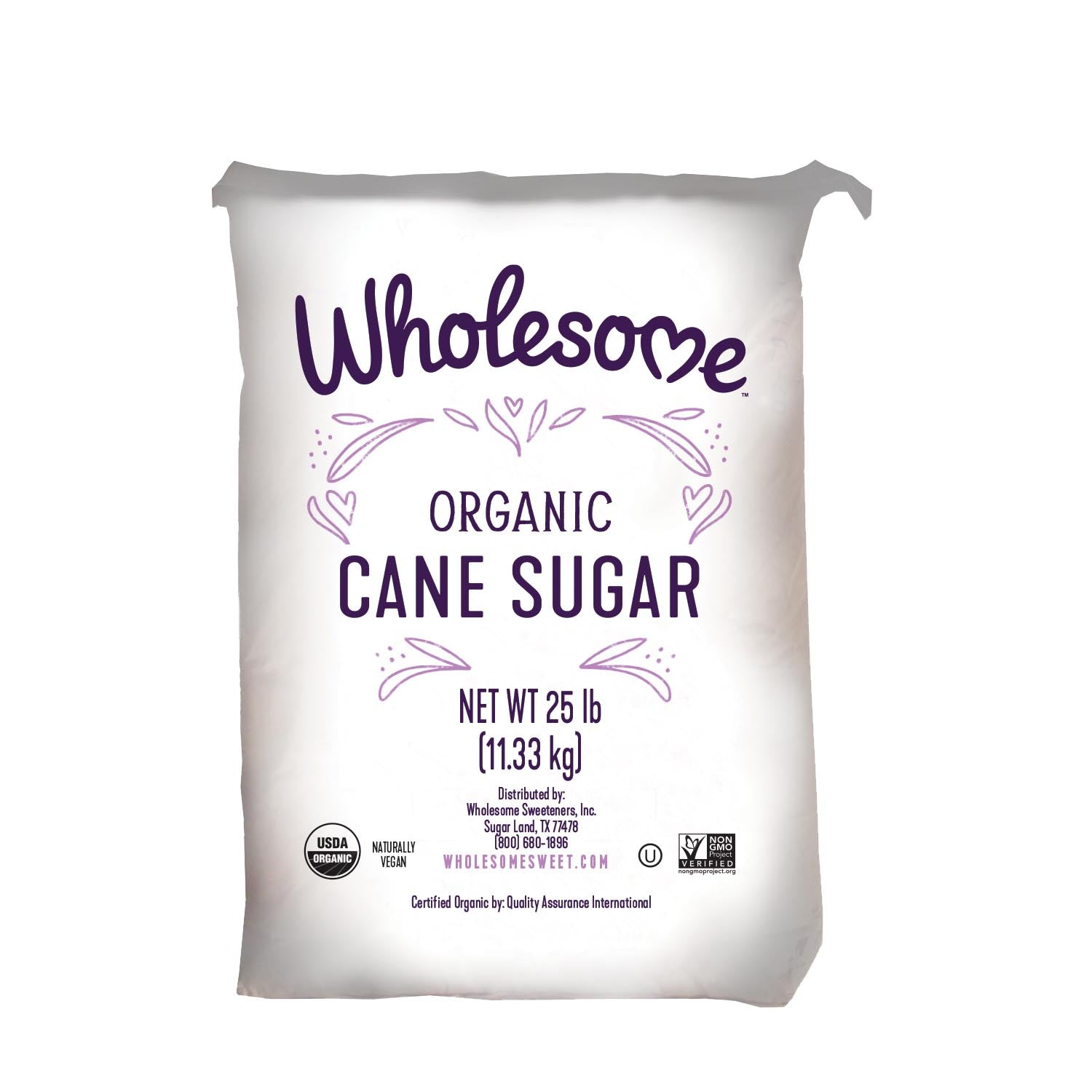Cane Sugar Processing: Typical Approaches and Modern Innovations
Cane Sugar Processing: Typical Approaches and Modern Innovations
Blog Article
Understanding the Essential Methods and Technologies Utilized in Modern Walking Cane Sugar Processing
The development of cane sugar handling has been considerably formed by the assimilation of sophisticated techniques and technologies that resolve both efficiency and sustainability. Enzyme-assisted removal and innovative refining techniques have actually reinvented yield optimization, while automation assists in operational reliability. Furthermore, the focus on lasting practices mirrors an expanding awareness of environmental impact. As we explore these vital developments, it becomes necessary to check out how they not just boost manufacturing however additionally align with broader market patterns and customer needs, questioning concerning the future of sugar processing and its ramifications for international markets.
Historic Context of Cane Sugar Handling
The historic context of cane sugar handling discloses an abundant tapestry of farming innovation and cultural exchange that has shaped its growth over centuries. Coming From Southeast Asia, sugarcane was grown as early as 8000 BCE - Cane Sugar Processing. The procedure of drawing out and improving sugar got energy in India, where approaches for crystallization were refined around the 6th century. This knowledge passed through to the Center East, and by the 12th century, sugar became a valued asset in Europe, bring about the facility of sugar plantations in the Mediterranean.

Advanced Extraction Methods
Effectiveness in walking cane sugar removal has seen substantial developments, driven by the demand for higher returns and lower production expenses. This strategy not only boosts sugar return yet likewise decreases the energy needed for processing.
Furthermore, the adoption of membrane filtering technologies, such as nanofiltration and reverse osmosis, has actually transformed the splitting up of sugar from pollutants. These methods enable the discerning permeation of sugar molecules while retaining bigger impurities, enhancing the removal process and reducing waste.
Additionally, the combination of continuous extraction systems has actually led to improved operational efficiency. Cane Sugar Processing. These systems maintain a constant circulation of walking cane product, ensuring optimum removal problems and lowering downtime associated with set processing
Ingenious Refining Technologies
Refining techniques in cane sugar handling have undertaken a transformative shift, driven by the need for higher pureness and enhanced item high quality. Among the most remarkable advancements is the adoption of membrane layer filtration modern technologies, such as ultrafiltration and nanofiltration. These processes properly eliminate contaminations and colorants without the requirement for extensive chemical therapies, thus maintaining the sugar's all-natural flavor and boosting its appeal.
An additional considerable advancement is the usage of ion exchange materials, which permit careful removal of unwanted ions from sugar solutions. This technology not just boosts the general pureness of the last item however likewise contributes to minimized waste and environmental impact.
Furthermore, innovations in adsorption methods, utilizing turned on carbon and various other innovative products, have actually confirmed efficient in decolorizing sugar remedies while keeping ideal top quality. The combination of these cutting-edge refining innovations ensures that site that manufacturers can generate refined sugar with superior clearness and preference, fulfilling the developing choices of customers.
Automation and Control Equipment
Recent improvements in refining modern technologies have led the way for considerable renovations in automation and control systems within walking stick sugar handling facilities. These systems make use of sophisticated software program and hardware to improve operational effectiveness, minimize human error, and make sure regular item quality.
Modern automation incorporates various parts, consisting of sensing units, actuators, and programmable logic controllers (PLCs), allowing real-time tracking and control of crucial processes. For example, temperature, stress, and circulation prices can be exactly controlled during removal, explanation, and condensation stages, maximizing efficiency and lessening waste.
Furthermore, advanced information analytics and artificial intelligence algorithms play a crucial duty in predictive upkeep, permitting operators to anticipate tools failures before they take place. This aggressive approach not just minimizes downtime yet likewise prolongs the lifespan of equipment.
Additionally, automation helps with the implementation of Sector 4.0 principles, equipping sugar mills to achieve greater connection and data exchange throughout processes. As an outcome, decision-making ends up being more agile and enlightened, ultimately enhancing the general competitiveness of cane sugar manufacturing. With these improvements, the market is well-positioned to fulfill expanding international demands while maintaining functional quality.
Sustainability Practices in Sugar Manufacturing
Sustainability techniques in sugar manufacturing have actually ended up being increasingly important as the market looks for to stabilize financial practicality with ecological responsibility. As consumer understanding grows pertaining to the ecological impacts of agricultural practices, sugar producers are taking on cutting-edge techniques to minimize their environmental footprint.
One considerable technique is the application of precision agriculture strategies, which make use of information analytics to maximize source usage, see this such as water and fertilizers. This lowers waste and reduces the influence on regional communities. Additionally, many manufacturers are transitioning to renewable resource sources, such as biomass from sugarcane results, to power their procedures, therefore reducing dependence on fossil fuels.
Water monitoring techniques are additionally important; rainwater harvesting and effective irrigation systems assist reduce water shortage problems. Cane Sugar Processing. Furthermore, integrated insect monitoring strategies decrease chemical click here for info use, promoting biodiversity and dirt health
Company social responsibility campaigns are emerging, with companies purchasing regional communities and ensuring reasonable labor techniques. By welcoming these sustainability techniques, the sugar sector not just boosts its reputation but likewise adds to a much more sustainable agricultural landscape, leading the means for future generations.

Conclusion
In recap, modern walking stick sugar handling integrates a series of advanced methods and innovations that dramatically improve efficiency, sustainability, and return. The fostering of innovative removal and refining techniques, along with automation and control systems, assists in improved functional performance and item top quality. Moreover, the emphasis on lasting methods emphasizes a dedication to minimizing environmental influence and advertising honest manufacturing. Jointly, these improvements place the cane sugar market to fulfill contemporary needs while addressing important global challenges.
The evolution of walking cane sugar processing has been significantly formed by the combination of advanced strategies and innovations that deal with both efficiency and sustainability.The historic context of cane sugar handling exposes a rich tapestry of farming technology and social exchange that has actually formed its growth over centuries. Innovations in milling and refining emerged, laying the foundation for modern walking cane sugar processing.Refining strategies in walking stick sugar handling have undertaken a transformative shift, driven by the need for higher purity and improved product quality.In summary, modern walking stick sugar handling integrates an array of sophisticated strategies and technologies that dramatically boost sustainability, yield, and effectiveness.
Report this page